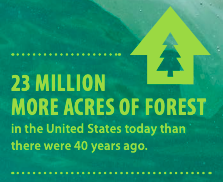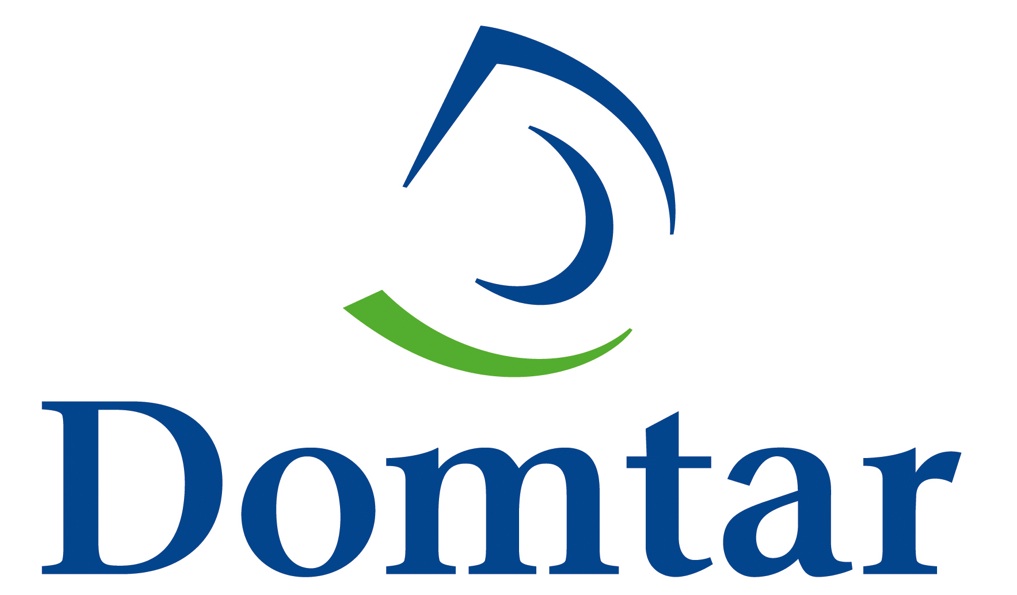Helping Solve the Plastic Problem
According to National Geographic, more than 8 million tons of plastic reach our oceans every year – and it doesn’t just disappear. The “Great Pacific Garbage Patch” covers more than 600,000 square miles and is 9 feet deep. It is the largest accumulation of marine debris in the world – and it is mostly plastic.
There are five additional large floating islands of plastic in oceans around the world, with countless smaller ones forming. And because of the ocean’s wave activity, plastic trash breaks down into “microplastics” that are ingested by marine life, eventually entering the world’s food chain.
What makes this even more disturbing is the fact that much of this plastic pollution is made up of products that were only used once.
It is not surprising that more and more responsible companies are moving from plastic to paper for single-use products, such as cups, plates and straws. Plastic lasts for a very long time – so why use it for short-lived products when paper can do the job?
We are pleased that influential environmental organizations, such as the United States Public Interest Research Group, are reinforcing this point.
But at Domtar, our challenge – and opportunity – goes well beyond furthering efforts to substitute paper for plastic. We are, at the same time, working to make plastic materials more sustainable.
We recognize that plastic, in some applications, can offer enormous environmental advantages given its durability and light weight – such as making vehicles far more fuel efficient. This environmental advantage becomes even greater when those plastics are made from naturally occurring chemicals that we extract from renewably harvested trees, partially replacing fossil fuel-based chemicals. This is exactly what Prisma Renewable Composites, a biomaterials company of which Domtar is the majority owner, is researching with the world’s largest maker of plastic vehicle components.
It is worth noting that while supplies of hydrocarbons used to make plastics decrease over time, the amount of forest land on which we depend has actually increased. There are 23 million more acres of forest in the United States today than there were 40 years ago, according to the U.S. Department of Agriculture’s Forest Service. This positive trend is driven, in part, by growing demand for forest products.
Finally, at Domtar, we have learned a thing or two about successful recycling and composting. For example, in the United States, most of the paper that can be recycled is recycled – reaching an alltime high of 68 percent according to the latest data from the American Forest & Paper Association. Paper is one of the best examples of a material that proves the concept of what leading environmental thinkers call “the circular economy.”
Plastic recycling, by comparison, has lagged far behind paper, with recovery rates below 10 percent in the United States.




